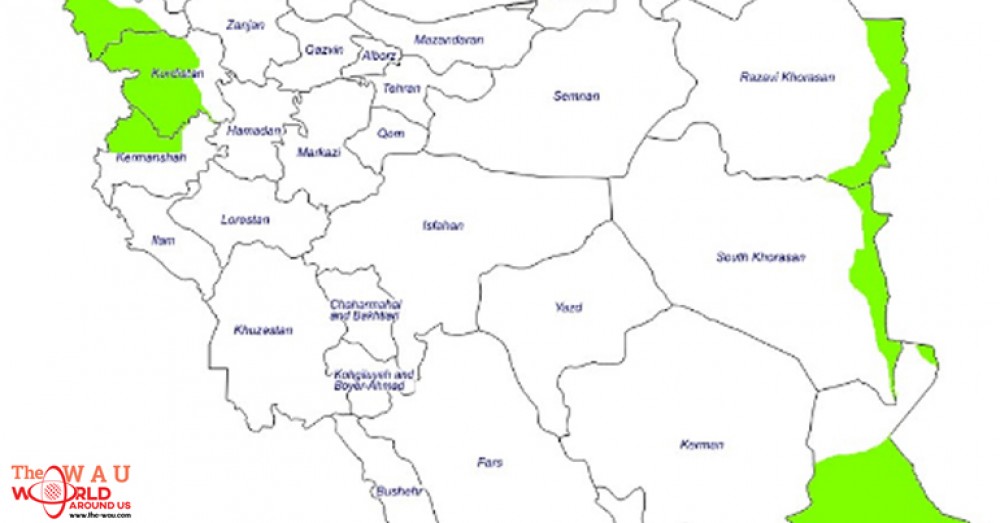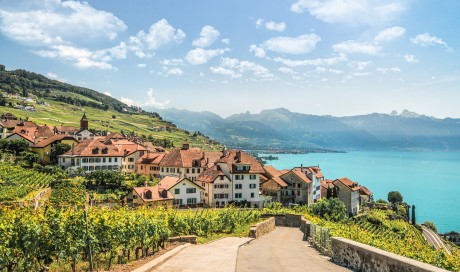In her issue brief for the Atlantic Council, “Iran’s Sunnis Resist Extremism, but for How Long?” Scheherezade Faramarzi discusses the current situation of Sunnis in Iran. While Faramarzi’s work is valuable given her fieldwork in Iran, in the view of this author, her piece contains errors and misleading information.
I agree with Faramazi that the Islamic Republic of Iran has failed to properly integrate its Sunni population into the political system by depriving them of higher political positions such as cabinet ministries. However, I disagree with her presentation about the number of Sunnis in Iran, where they are concentrated and their socio-economic status in comparison to the majority Shia population.
According to Faramazi, “Some fifteen million of Iran’s eighty million people are Sunni Muslims, the country’s largest religious minority.” She suggests that according to Sunni leaders and observers, Iran’s Sunni population is somewhere between “12 to 25 percent” of the total population. My research suggests that the percentage is ten percent or about eight million people.
I also disagree with a map in the issue brief that highlights Sunni regions of Iran and with claims that Sunnis generally have worse socio-economic conditions than Shias.
There are no official statistics in Iran for the number of Sunnis and Shia and the last known survey on this question was conducted in 1949, when the Sunni population was put at about eight percent. However, it is possible to estimate the current Sunni population.
Using the Telegram app and Skype, I compiled data by interviewing Iranians in provinces with a significant number of Sunnis. I examined interviews by Sunni religious elites in national and local media, in which they discussed the percentage of Sunnis in their province or county. I also collected data from health centers, where information on the religious denomination of individuals is available. Finally, I obtained information from blogs, written mostly by Sunnis.
Faramazi’s map shows West Azarbaijan as a Sunni-majority province by coloring around 80 percent of it. However, the Sunni population of West Azerbaijan is about 40 percent, with most living in the southern part of the province, according to my research. Also, the map shows the southern half of Khuzestan as a Sunni area. Except for a very small number (less than 0.5 percent of the province) in Abadan county, all residents of Khuzestan, including Arabs, are Shia. The map also has almost 90 percent of Kermanshah colored in as a Sunni province, but Sunnis constitute only around 30 percent of the province’s population according to my findings.
Faramarzi also suggests that almost all of Hormozgan province except for Minab and Bandar Abbas is Sunni. Yet, the three counties of Bashagard, Hajiabad, and Rudan are also Shia majority. According to a Sunni cleric of Hormozgan, Abdul Baeth Qattali, the Sunni Friday prayer Imam (Imam jomeh) of Bandar Abbas, Sunnis constitute 40 percent of the population in the province.
Below I have created a map to show what I believe are the Sunni regions of Iran.
 The Sunni Minority and Development
The Sunni Minority and Development
...[ Continue to next page ]
Share This Post














